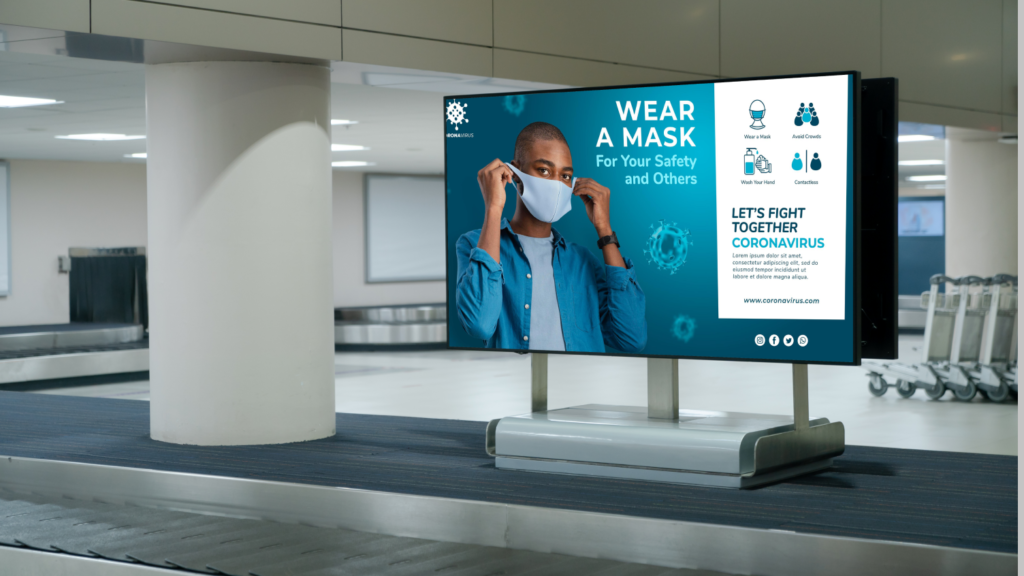
Signage serves as a crucial element in both indoor and outdoor environments, playing essential roles in communication, navigation, and safety. Indoor signs are integral to various establishments such as shopping malls, office buildings, hospitals, and educational institutions. They fulfill diverse functions, from directing visitors to specific locations like restrooms or elevators, to providing critical information about emergency exits and safety protocols. In corporate settings peintures murales, indoor signage includes directional signs, room identifiers, and informational displays that contribute to efficient operations and enhance visitor experiences. Hospitals rely on clear and concise signage to guide patients, staff, and visitors to different departments and facilities, thereby ensuring smooth navigation and improving overall efficiency in healthcare delivery. Similarly, educational institutions use signage extensively to help students, faculty, and visitors navigate sprawling campuses, ensuring easy access to classrooms, lecture halls, administrative offices, and recreational facilities.
Outdoor signage is equally crucial, serving various purposes in public spaces and transportation networks. Street signs play a vital role in guiding vehicular and pedestrian traffic, indicating road names, speed limits, crosswalks, and directions to key destinations. Regulatory signs, such as stop signs and yield signs, ensure the orderly and safe movement of vehicles and pedestrians in urban and suburban areas. Billboards and digital displays in outdoor settings serve as effective advertising mediums, capturing attention with compelling visuals and concise messages that promote products, services, or public awareness campaigns. These signs not only inform but also contribute significantly to the visual identity and character of cities and communities.
The choice of materials and design considerations for indoor and outdoor signage are crucial to their effectiveness and longevity. Indoor signs are often made from lightweight materials such as plastic, acrylic, or vinyl, chosen for their ease of installation, versatility in design, and ability to complement interior aesthetics. These materials allow for flexibility in updating information and maintaining relevance over time. In contrast, outdoor signs require durability to withstand exposure to harsh weather conditions such as rain, wind, and sunlight. Materials such as metal, aluminum, or weather-resistant plastics are commonly used for outdoor signage to ensure longevity, visibility, and effectiveness in all seasons.
Technological advancements have revolutionized the capabilities and applications of signage, particularly with the introduction of digital signage systems. Digital displays utilize LED or LCD technology to present dynamic content, including advertisements, announcements, and real-time information updates. These displays offer flexibility in content management and scheduling, making them ideal for environments where information needs to be frequently updated or customized. Retail stores utilize digital signage to promote sales and new products, while transportation hubs employ them to provide real-time updates on schedules and directions. Digital billboards in high-traffic areas enhance public engagement and serve as landmarks in urban landscapes, contributing to the vibrancy and functionality of modern cities.
Signage also plays a crucial role in ensuring public safety and compliance with regulations. Emergency exit signs in buildings provide clear guidance to occupants during emergencies, while regulatory signs inform the public about rules and restrictions in public spaces. Workplace environments utilize signage to communicate safety protocols, hazard warnings, and mandatory requirements for personal protective equipment, fostering a secure and compliant working environment for employees.
In conclusion, signs, whether indoors or outdoors, are integral components of our urban and rural landscapes, enriching our daily experiences by providing essential information, guiding navigation, and ensuring safety and compliance in diverse environments. As technology continues to evolve, the role of signage will expand further, integrating more advanced features and capabilities to meet the evolving needs of communities, businesses, and public institutions.